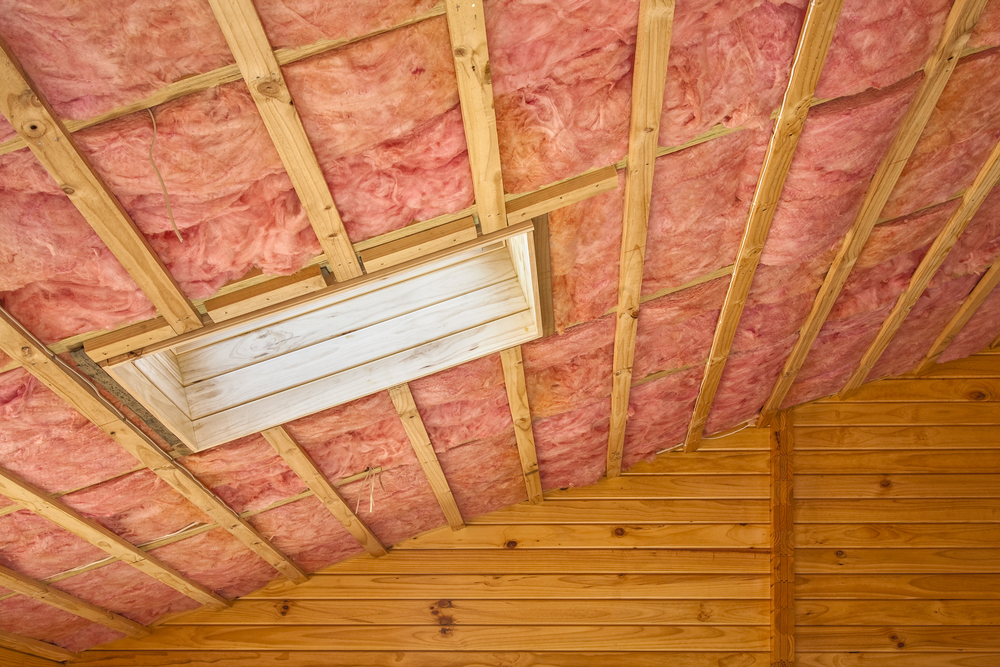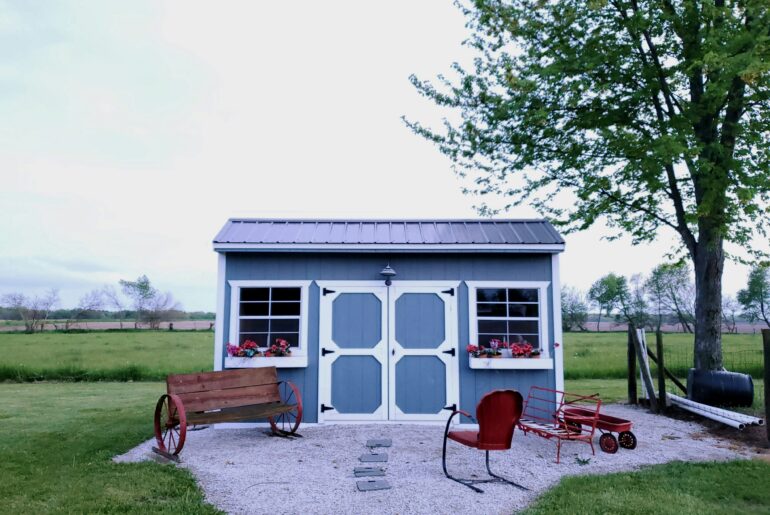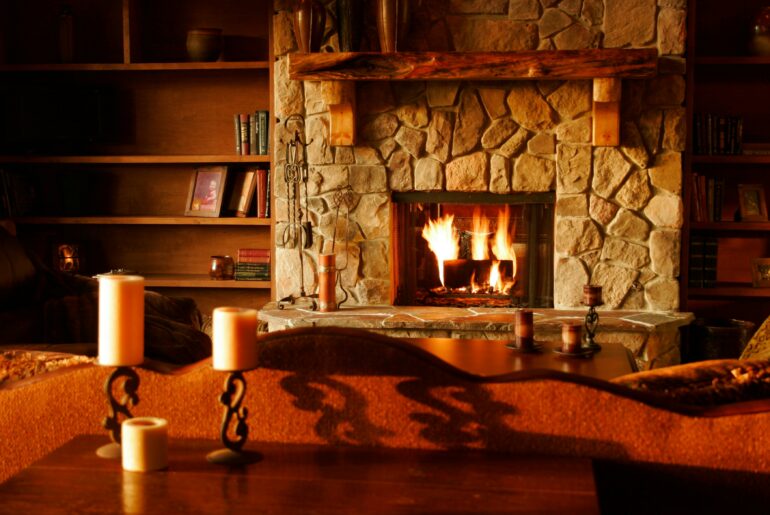Are you planning to build a home or a commercial building in Michigan? You should be familiar with the insulation requirements that have been set in place by the state government to ensure that buildings remain energy efficient.
Not only will this help protect you from potential legal issues, but it will also ensure you’re doing your part to conserve energy and keep your building safe from extreme temperatures. Let’s go into the nitty gritty of insulating buildings in Michigan.
Insulation Requirements in Michigan
To understand the insulation requirements in any state or region, you should first know its climate zone. For Michigan, this is Zone 6a. According to the IECC (International Energy Conservation Code), Zone 6a falls in the category “Cold.”
In this region, there are 5,400 and 9,000 heating degree days, with the cutoff at 65°F.
Keeping this in mind, the insulation requirements are as such:
- Ceilings with Attic Spaces: R49 (can be lowered to R30 if there’s an energy truss or a raised heel)
- Ceilings without Attic Spaces: R30 (limited to 20% of the insulated ceiling area or 500 square feet, whichever of the two is lesser)
- Wood Frame Wall: R20 for interior cavities or R13 for the same cavity with an addition of R5 continuous insulation
- Floors over Unconditioned Space: R30 with sufficient insulation for filling the framing cavity
- Conditioned Basement Walls: R15/19 (Either R15 of continuous insulation on interior/exterior or R19 on the interior wall)
- Slab-on-grade Floors: R10 with 4 feet of insulation (an additional R5 is mandated for the slab edge if the slab is heated)
- Conditioned Crawl Space Walls: R15/19 (Either continuous insulation with R15 on the interior/exterior or R19 on the interior wall)
Additional Prescriptive Requirements
Besides the mandatory insulation requirements, the state of Michigan also has a few prescriptive requirements for buildings:
- Air Leakage: The air leakage should not exceed 4 ACH.
- Weather Stripping: The attic hatches have to be weather-stripped to the same level as the surrounding surfaces. For example, R-30 fiberglass batt insulation is required for hatches that are surrounded by walls with the same insulation.
- Hot Water Pipe Insulation: The hot water pipes must be insulated with a material of R-value more than or equal to R3 if the pipe’s diameter is 3/4 inches or larger.
You can learn more about these requirements here.
Insulation Options That Work Best for Michigan
Now that you know the insulation requirements mandated by the state of Michigan, you need to decide which type of insulation works best for your house. Here are some options.
Fiberglass Insulation
R-value: 3.7 per inch for fiberglass batts
Fiberglass insulation is usually the first option homeowners look toward due to its affordability and easy installation. It is made from spun glass fibers and can be cut to fit into awkward spaces, making it a great option for attic insulation.
Here are some other plus points of this insulation material:
- Not easily flammable
- Eco-friendly
- Budget-friendly
- Resident to mold and mildew
A downside of fiberglass insulation is fiber inhalation. If you’re planning to install the insulation yourself, make sure you wear proper protective gear, like a face mask, to avoid inhaling the fibers, which can cause respiratory issues in some individuals.
Spray Foam Insulation
R-value: 7 per inch for closed-cell spray foam and 3.8 per inch for open-cell spray foam
As you can see, the R-value of spray foam insulation is enough to meet the building code requirements in Michigan.
There are two types of spray foam insulation: open-cell and closed-cell. When compared, closed-cell spray foam is denser. It’s also more moisture-resistant than open-cell spray foam. That makes it better for exterior walls and other areas that are likely to be exposed to moisture.
On the other hand, open-cell spray foam is better for the interior side of the house. It’s less dense and lighter.
The major advantage of spray foam insulation is that it seals gaps and cracks in your walls. It also provides excellent sound insulation.
However, spray foam is also known to shrink. Simply put, it’s likely to need some extra attention down the line. Also, it’s not ideal for every budget.
Phenolic or Polyurethane Foam Insulation
R-value: 7 per inch
If you’re looking for an insulation material that is water-resistant and fire-retardant, besides having an excellent R-value rating, phenolic or polyurethane foam insulation is the way to go.
Despite having such a high R-value, phenolic foam insulation is lightweight. It also boasts high thermal efficiency — with thermal conduction of 0.018 W/m.K to 0.023 W/m.K — which eventually results in savings on energy costs.
The same is true for polyurethane insulation, too. Its golden feature is that it can reach even the tiniest gaps. So you can be sure that your house is fully insulated.
Both phenolic and polyurethane foam insulation can be used in various applications, including roofing, attic walls, HVAC ducts, and exterior walls.
Summing up, Michigan’s insulation needs can be met with a wide variety of insulation materials. From cellulose and fiberglass to spray foam and phenolic/polyurethane foam, select an option based on the area’s weather and your budget.





